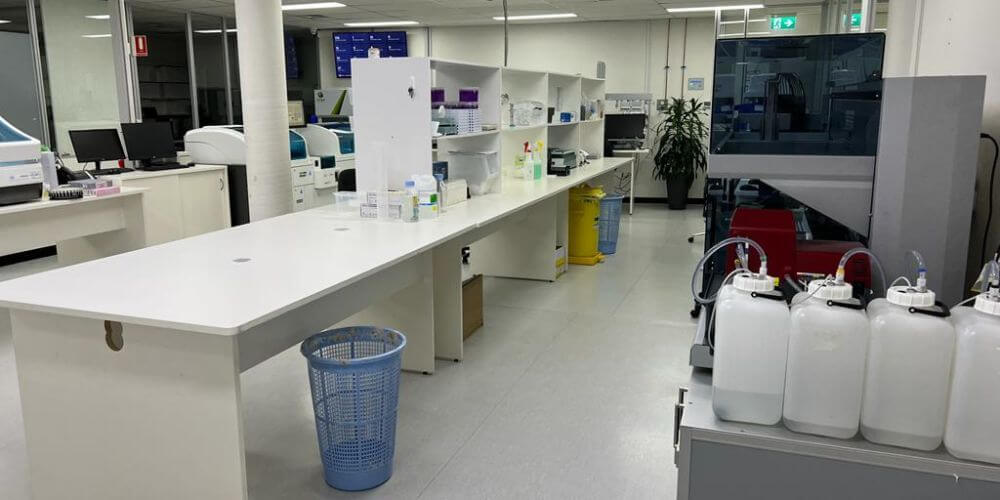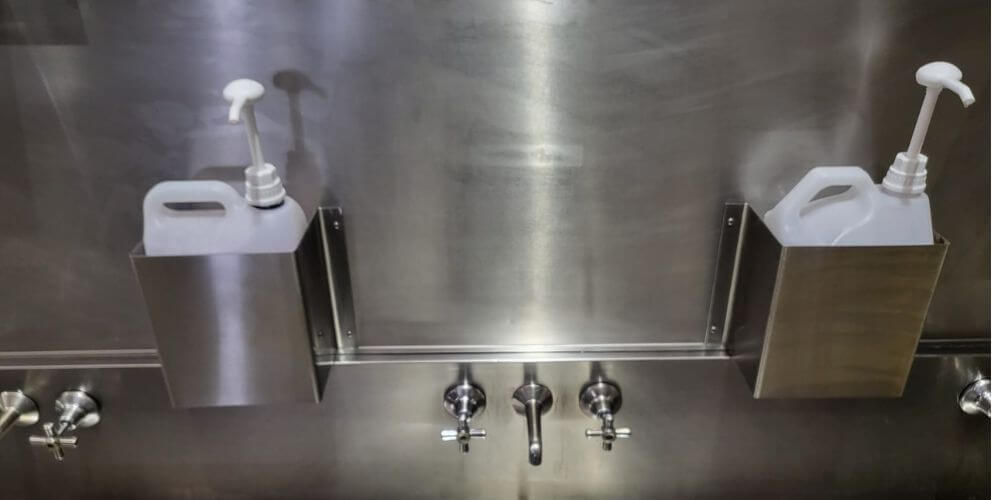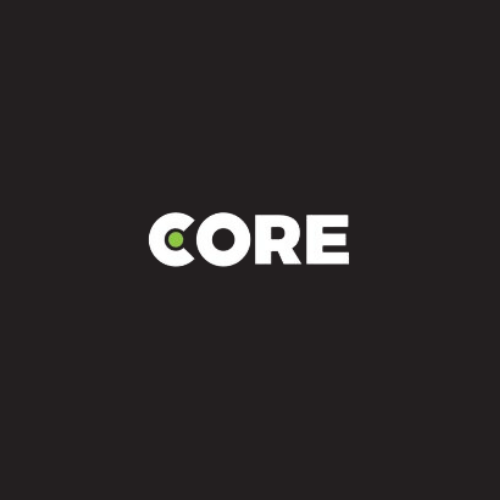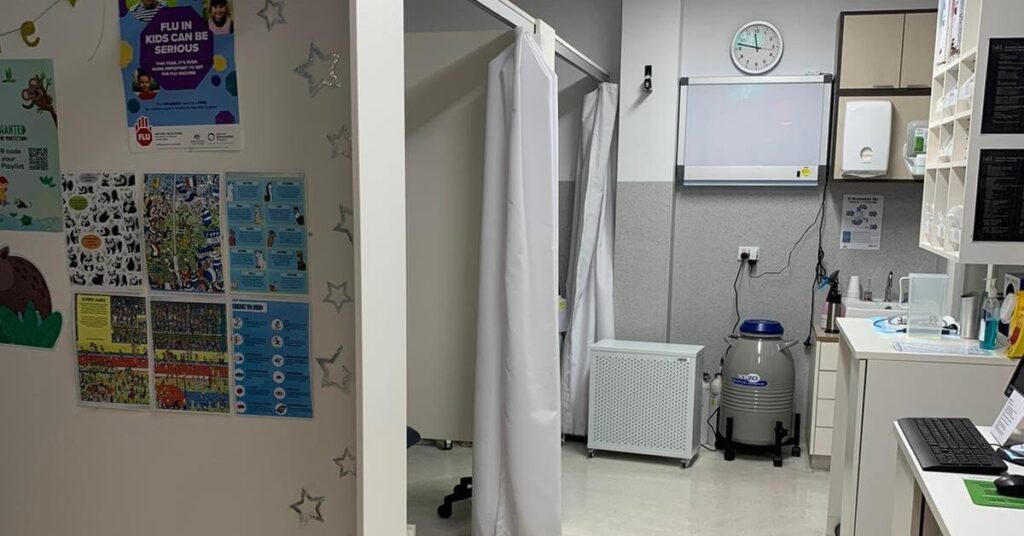Don't Neglect the Details: Crucial Inclusions in a Top-Notch Medical Centre Cleaning Service

Remember that nagging cough you couldn’t shake after a trip to the doctor? You’re not alone. Studies show that 1 in 25 hospital admissions in Australia stem from healthcare-associated infections (HAIs). In medical centres where the hustle and bustle never stops, the importance of cleanliness can sometimes be undermined by urgent patient care. Yet, an encounter I had with a healthcare facility, where a minor oversight in cleaning protocols led to an unexpected outbreak, starkly reminded me of the delicate balance between health services and hygiene standards.
Inadequate cleaning practices in medical centres can have devastating consequences. Contaminated surfaces become breeding grounds for harmful pathogens, potentially leading to the spread of infections, compromised patient care, and even legal repercussions. In an era of heightened awareness and stricter Australian standards, neglecting the details of medical centre cleaning is simply not an option.
In this blog, we’ll let you in on the crucial inclusions of a top-notch medical centre cleaning service, empowering you to make informed decisions for the health of your patients, your staff, and your reputation.
Table of Contents
The Urgent Need for Meticulous Cleaning in Medical Centres: Why?
Imagine this: you undergo a crucial medical procedure, only to contract a nasty infection later, thanks to poor hygiene practices in the very place meant to heal you. Unfortunately, this isn’t just a hypothetical scenario. In Australia alone, an estimated 170,574 hospital-acquired infections (HAIs) occur annually, resulting in over 7,500 deaths. That’s why meticulous cleaning in medical centres isn’t just a matter of aesthetics; it’s a crucial safeguard for patient safety and overall well-being.
So, why is medical cleaning so crucial in medical centres?
Consequences of Neglecting Hygiene in a Healthcare Facility
The healthcare sector is a battleground against invisible threats that can significantly compromise patient safety. Poor hygiene in medical centres facilitates the spread of infections, catalyses cross-contamination, and undermines patient safety—each with dire consequences.
- Spread of Infections: My experience as a medical cleaner has revealed the ease with which infectious agents—bacteria, viruses, and fungi—can transfer from contaminated surfaces to individuals, propelling healthcare-associated infections (HAIs). Poor hygiene fosters the spread of harmful bacteria, viruses, and fungi, leading to HAIs like pneumonia, urinary tract infections, and surgical site infections. These can prolong hospital stays, increase costs, and even be fatal.
- Cross-contamination: The transfer of microorganisms from one area to another can drastically affect healthcare service quality and safety. Instances where I’ve observed lapses in hand hygiene or the improper sterilisation of medical instruments underscore the risk of infections and adverse events. This not only elevates the risk of patient harm but also questions the efficacy of healthcare practices. Contaminated surfaces and equipment become silent carriers, transferring pathogens from one person to another. This can happen through direct contact (touching) or indirectly (via healthcare workers’ hands or equipment).
- Patient Safety Concerns: A dirty environment not only compromises patient health but also erodes trust and satisfaction. Imagine the anxiety a patient feels when seeing visible dirt or smelling unpleasant odours. This can even impact treatment adherence and recovery outcomes.
When I first started as a medical centre cleaner, I didn’t fully appreciate how easily infections could spread through surface contact. However, I vividly recall an incident early on that underscored this risk. A patient was admitted with a bacterial infection, and standard cleaning protocols were initially followed in their room after discharge. But the next occupant of that room soon developed a bad case of diarrhea. The infectious disease team did an investigation and traced the likely cause to lingering bacteria on specific high-touch surfaces like bed rails, call buttons, and bathroom fixtures that weren’t adequately disinfected. Thankfully, the situation was brought under control, but it showed me how microscopic pathogens we can’t even see with the naked eye can be easily transmitted by touch long after the initial patient is gone. From then on, I became extremely meticulous about my cleaning process. This experience demonstrated that just a few overlooked areas can facilitate transmission and potentially endanger patients or staff down the line. It’s a sobering reminder that complex healthcare environments require an enhanced level of vigilance and care to prevent infections from taking hold and spreading through surface contact, with the help of medical centre cleaning. When the stakes are so high, we medical cleaners have to get things right every single time.
Beyond the Surface: The Power of Regulations
The importance of meticulous cleaning isn’t just a matter of opinion; it’s mandated by regulations. In Australia, the National Safety and Quality Health Service Standards (NSQHS Standards) and the Australian Guidelines for the Prevention and Control of Infection in Healthcare outline clear requirements for cleaning practices in medical facilities. These guidelines ensure a consistent and high level of hygiene across the board.

Think Twice Before Touching: High-Touch Surfaces (HTS) and Infection Transmission
High-touch surfaces (HTS) in medical environments—door handles, bed rails, tables, keyboards, and especially medical equipment—serve as critical points for microorganism transmission. From my extensive experience cleaning medical facilities all over Melbourne, I’ve learned that these surfaces are not just mere contact points but are highly crucial in the epidemiology of hospital-acquired infections (HAIs).
Direct Transmission Prevention: When patients or healthcare workers touch contaminated surfaces and then inadvertently touch their mouth, nose, eyes, or an open wound, pathogens can enter the body directly. This mode of transmission can rapidly escalate if HTS are not disinfected properly. My cleaning routine involved thorough cleaning of these surfaces, often employing hospital-grade disinfectants, to ensure that direct contact does not become a conduit for infection.
Indirect Transmission Mitigation: HTS also plays a role in indirect transmission. For example, when healthcare personnel touch a contaminated surface and subsequently engage with another patient or handle sterile equipment without adequate hand hygiene or glove change, it deserves a red card! Such scenarios underscore the importance of not only cleaning but also disinfecting HTS to interrupt the chain of infection. My experiences have shown that consistent and comprehensive cleaning protocols, including the use of effective disinfectants and adherence to strict hygiene practices, are vital in mitigating indirect transmission.
Throwback to the days when I started cleaning at a busy medical centre, I quickly learned that not all surfaces are created equal when it comes to infection control. High-touch surfaces take a beating with hundreds of touches per day. At first, I would meticulously wipe down the bathrooms and floors but not pay as close attention to the bed rails and tray tables. That changed after a norovirus outbreak swept through the hospital. As the infectious disease personnel did contact tracing, they kept pointing to high-touch hotspots that weren’t properly disinfected as likely sources spread between patients. I realised these sites essentially function as invisible reservoirs quietly transmitting microbes between unsuspecting hands all day long if not consistently and vigorously cleaned. From then on, I became almost obsessed with repeatedly wiping down and sanitising high-touch surfaces, recognising that these overlooked areas were key links in the chain of infection. It was a vivid lesson on why medical cleaning services can’t take shortcuts. When it comes to infection control in healthcare settings, the smallest surfaces often carry the biggest risks if they are not regularly and thoroughly cleaned. Consistency and diligence in high-touch areas make all the difference.
Medical Facility Cleaning Services: What’s Included?
Medical facility cleaning services encompass a comprehensive range of tasks, each designed to uphold the highest standards of hygiene and infection control. As a seasoned medical cleaner, I’ve been directly involved in every facet of these services, ensuring environments are safe for patients, staff, and visitors alike. But what exactly does professional medical facility cleaning entail? Let’s explore the key components:
High-Touch Surfaces: The Frontline of Infection Prevention
Disinfecting high-touch surfaces (HTS) is paramount in medical settings. Door knobs, light switches, and waiting room furniture are just the tip of the iceberg. These areas are frequent touchpoints for numerous individuals, making them hotbeds for microorganism contamination. My routine involves a rigorous disinfection schedule, using hospital-grade disinfectants to tackle these surfaces multiple times a day. This not only minimises the risk of infection spreading but also reassures patients and staff about their safety.
Clinical Areas: Specialised Protocols for High-Risk Zones
Operating rooms and isolation wards demand an extra layer of protection. Here, specialised cleaning protocols come into play. These involve:
- Increased Frequency: Cleaning happens more often, sometimes after every patient visit or procedure.
- High-Level Disinfection: Hospital-grade disinfectants, or even sterilisers, are used to eliminate all microorganisms.
- Specialised Tools: Autoclaves, ultrasonic cleaners, and washer disinfectors ensure thorough cleaning and disinfection.
When I was regularly cleaning at the hospital, I didn’t fully appreciate why operating theatres and isolation rooms were treated so differently during cleaning. However, I soon learned these areas are intense hot zones for harmful bacteria and viruses, putting vulnerable patients at major risk of infection. One day, a patient developed a nasty postoperative infection that was traced back to a lapse in proper disinfecting protocols in the OR. Apparently, resilient spore-forming bacteria had lingered on surfaces between procedures, highlighting why these areas cannot be cleaned to regular ward standards. From then on, I became fastidious about adhering to the specialised cleaning procedures for all high-risk areas. That means not just thoroughly wiping down all surfaces, bedrails, and keyboards but also using the industrial-grade disinfectants and sterilisation techniques specifically indicated. No area can be overlooked—things like vulnerably positioned air vents and that spot behind the door everyone forgets. The specialists impressed me with the idea that, for immunocompromised patients in isolation, a single lapse can spell catastrophe. It takes extreme attention to detail and diligent adherence to enhanced cleaning protocols to ensure these environments are safe for even the most infection-prone patients. When it comes to infection control, high-risk zones in hospitals need an extra level of care and caution that only specialised medical cleaning can reliably provide day in and day out.
Waste Management: Safeguarding Against Contamination
Proper handling and disposal of medical waste are critical to preventing infection and environmental contamination. Segregation, storage, and treatment of medical waste are performed with the utmost care, adhering to strict guidelines. Colour-coded containers and biohazard labels are standard practice, ensuring waste is managed safely. Thermal treatment, chemical treatment, and biological treatment methods are employed based on the waste type, ensuring effective neutralisation of infectious properties before disposal
Laundry and Linen Services
Clean linens and towels are fundamental to patient care and hygiene. These items must be laundered and managed with the utmost care to prevent cross-contamination. My involvement in the hospital’s linen services has shown that effective laundering processes not only reduce the risk of HAIs but also contribute to the overall patient experience, offering comfort and a sense of cleanliness. Implementing robust protocols for the handling, washing, and storage of linens is essential for maintaining a hygienic environment.
As much as it’s embarrassing to admit, there was an instance in my cleaning career when I underestimated the critical role that clean linens play in infection control. The hospital staff informed us that there was a break-out of bacterial skin infections that unfortunately came from linens that were not properly washed. Now, I understand that meticulous attention to the cleaning, handling, and storage of linens is indispensable for preventing cross-contamination.
Additional Services: Beyond the Basics
Our medical cleaning packages deliver comprehensive hygiene solutions tailored to healthcare facilities. Core services include floor cleaning upholding hospital-grade standards, interior window cleaning for optimal light and visibility, and scheduled deep cleaning rotations addressing the intensive needs of key areas like bathrooms, kitchens, and storage rooms.
Understanding that no two medical centres are identical, we consult directly on developing customised cleaning plans aligned to the specific needs and functions of your facility. Additional services can target areas such as exterior window cleaning, carpets and upholstery, air ducts, and vents using methods and medical-grade detergents designed for maximum infection prevention efficacy without compromising patient wellbeing.
Conclusion
When it comes to medical centre hygiene, the adage rings true—the devil is in the details. As we have explored, adequate cleaning goes far beyond quick surface wipes. Top-notch services require hospital-grade disinfectants, updated techniques and equipment, specialised cleaning of high-risk and high-traffic areas, extensive quality control testing, and advanced infection prevention practices tailored to healthcare facilities.
The dedicated attention to detail needed to execute compliant, comprehensive cleaning plans that leave no surface untouched plays an enormously valuable role in safeguarding healthcare quality for patients and staff alike. Yet too often, these detailed needs are neglected. We encourage all Australian medical centres to closely evaluate current cleaning procedures to enhance their programs. Medical cleaning specialists like Core Cleaning Services live and breathe medical facility hygiene every day. Let us help assess your existing protocols and custom-design upgraded solutions that may take your infection control outcomes to new levels. Don’t leave anything to chance; a thorough, healthcare-focused cleaning regime with incumbent checks and audits could make all the difference for your organisation.
FAQ
The primary differences between regular cleaning and medical cleaning lie in their purposes, methods, frequency, and intensity. Regular cleaning, aimed at maintaining hygiene and appearance in homes or offices, involves the removal of visible dirt and dust using common cleaning tools like mops and vacuums, along with water and detergents. This type of cleaning is generally scheduled based on daily, weekly, or monthly preferences to ensure a comfortable living or working space.
On the other hand, medical cleaning focuses on the elimination of harmful microorganisms in healthcare settings to prevent infection and disease transmission. This requires a more stringent approach, using disinfectants and sterilisation equipment such as autoclaves and ultrasonic cleaners, to achieve a higher level of cleanliness. Medical cleaning is performed more frequently, often after each patient visit or procedure, and utilises chemical agents like alcohol and hydrogen peroxide, which are more effective against bacteria, viruses, and fungi than regular detergents. The tools and techniques are also specialised to meet the rigorous standards of healthcare facilities, aiming for sterilisation or complete microorganism inactivation on medical equipment and surfaces.
By choosing a service like ours in Melbourne, healthcare facilities can ensure their environments meet the highest standards of cleanliness and safety, reflecting the critical distinctions between regular and medical cleaning practices.
The cost of medical cleaning services can vary widely, influenced by the size and type of the healthcare facility, the required cleaning level and frequency, geographical location, and the specific cleaning services and products needed. At Core Cleaning Services, we understand these variables and strive to provide transparent and competitive pricing tailored to your unique requirements.
For an accurate quote, contact Core Cleaning Services. We’ll assess your needs and provide a transparent, competitive price. Remember, investing in expert medical cleaning protects your patients and staff, making it a valuable investment in safety and well-being.
Scheduling a consultation with us is easy and convenient. You can choose from different methods, as written below:
- Online Booking: Choose a time that works for you on our website with just a few clicks.
- Phone Call: Connect directly with our friendly medical cleaning specialists to discuss your needs.
- Email or Online Form: Briefly share your facility details and preferred date and time through our website form.


